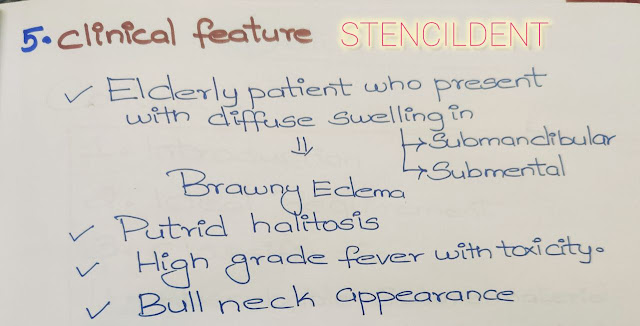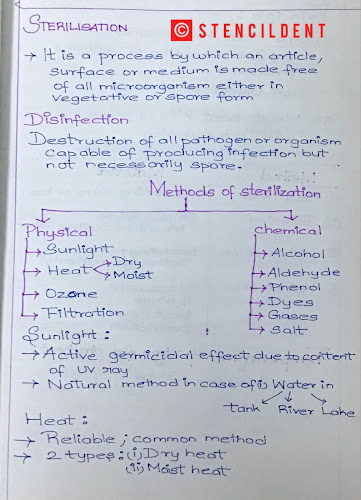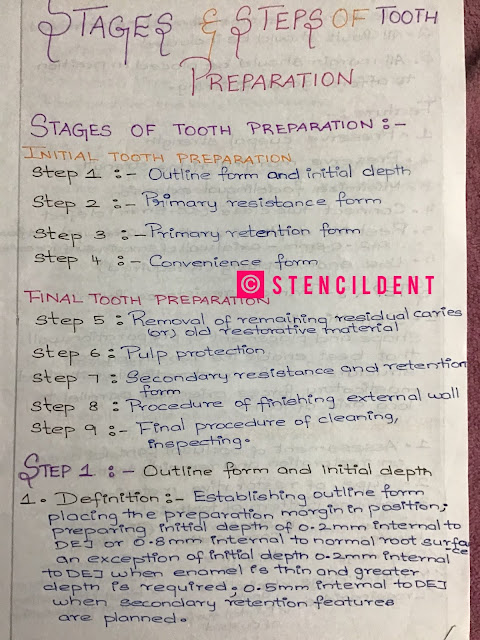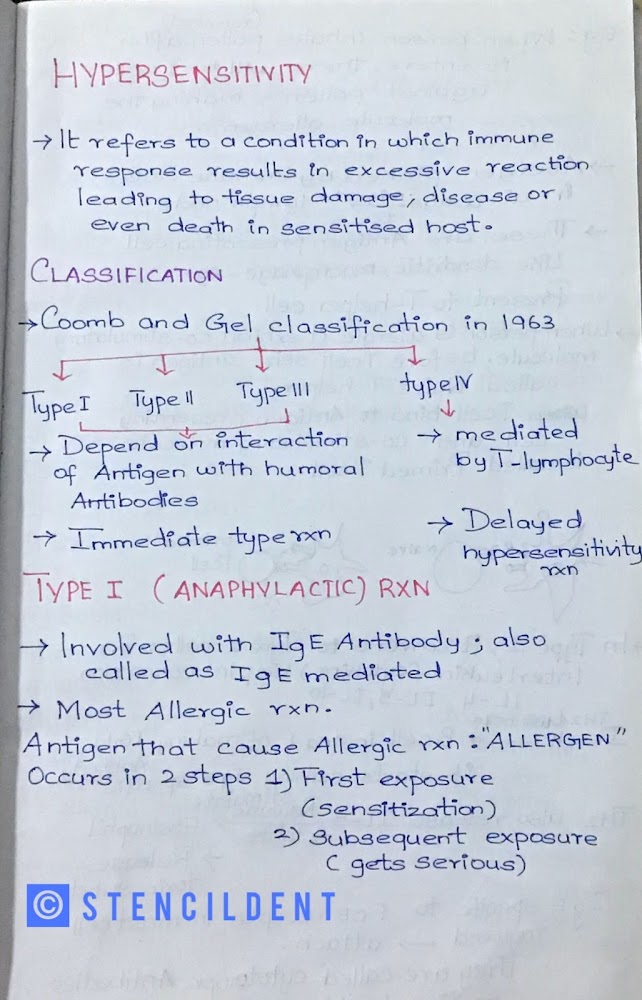LUDWIG ANGINA ?BRAWNY EDEMA?SURGICAL ANATOMY/ETIOLOGY/CLINICAL FEATURES/PATHOLOGY/MANGEMENT/COMPLICATION
LUDWIG ANGINA
STUDENTS CORNER :
HI !my dear stencildent family ,today we will be discussing about a very important topic ,yes its about Ludwig angina here we given a sample as to how you can present this answer when asked first of all do start by listing out table of content ,then move on to describing the surgical anatomy ,reason for Ludwig angina existence and how it gets precipitated ,pathology ,clinical features ,management -surgery point of view and conclude with complications.
TABLE OF CONTENT :
INTRODUCTION
SURGICAL ANATOMY
ETIOLOGY
PRECIPITATAING FACTOR
PATHOLOGY
CLINICAL FEATURES
MANAGEMENT
SURGERY
COMPLICATION
INTRODUCTION:
- Ludwig angina refers to serious ,potentially life threatening polymicrobial cellulitis of submental ,submandibular region combined with inflammatory edema of mouth
- Organism commonly isolated : STAPHYLOCOCUS AUREUS ,STREPTOCOCUS VIRIDAN
- ANEROBE :Fusiform bacilli,diptheroid
Cellulitis:
- Diffuse inflammation of soft tissue ,tend to spread through space (tissue)
SURGICAL ANATOMY:
- Location is the infection of submandibular space
- submandibular space is space above hyoid bone and is divided into two by mylohyoid muscle
- Ludwig angina is a space infection primarily involving submandibular space and secondary involving sublingual and submental
- Anterior neck
- Pharyngomaxillary space
- Retro pharynx
- Superior mediastinum
ETIOLOGY :
- Originate from?- odontogenic infection - second and third molar -root lies at level of mylohyoid
- Tongue piercing
- Epiglottis
- Oral ulceration
- Sialadenitis
- Infected thyroglossal cyst
PRECIPITATING FACTORS :
- Carious tooth
- Cancer of oral cavity
- Chemotherapy
- Calculi in submandibular gland
- Chronic disease-diabetes
PATHOLOGY:
Ludwig angina :
- Cellulitis of submandibular space via connective tissue ,muscle anterior neck and beyond
- Edema of suprahyoid tissue
- Supraglottic larynx elevate
- Tongue -posteriorly displaced
- Airway narrowing
- Sepsis
- Toxemia -as infection deep to deep closed fascial plane
Advanced infection:
- Airway compromised and internal jugular vein thrombosis and cavernous sinus thrombosis and brain abscess
CLINICAL FEATURE:
- Elderly patient who present with diffuse swelling in submandibular and submental
BRAWNY EDEMA
- Putrid halitosis
- High grade fever with toxicity
- Bull neck appearance
MANAGEMENT:
- Airway maintenance
- proper antibiotic fluid ,electrolyte management
- if it does not respond to conservative treatment - surgery
SURGERY :
- Under general anesthesia
- Incision is made at submandibular region
- Submandibular gland is mobilized
- Mylohyoid muscle is divided ,pus drained
- Wound closed with loose sutures
COMPLICATION:
- Mediastinitis
- Septicemia
- Edema of glottis
COM













Comments
Post a Comment